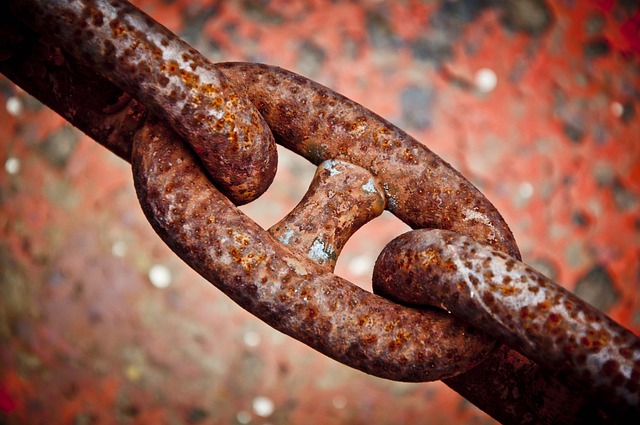My parts are rusty; what can I do?
Although every step is taken to prevent component parts rusting; sometimes it can still happen.
Instead of just scrapping the parts, there are techniques and methods used to remove rust and get parts back at the required finish.
Pickle and Oil Process
Steel parts can be submerged in a bath of pickle liquor (which is a solution of Hydrogen Chloride Acid) which removes rust and other impurities from the surface of the steel component.

- Parts are loaded onto a rack, and separated into rows to ensure the solution can reach every angle and face of the component.
- The parts are first cleaned, by submerging the rack in a sodium hydroxide based cleaner, which removes any dirt or oil
- The parts are then rinsed to remove the cleaning solution, which also reduces the PH level.
- The rack is then immersed in the hydrochloric acid (the length of time this takes depends on the amount of rust removal required) to remove all of the surface corrosion from the product.
- The parts are rinsed and cleaned again in a further 2 tanks to remove the acid from the parts and to neutralize the PH level again.
- Mineral or water-soluble oil is then applied to the parts to prevent any further rusting before the components are used.
Sand-blasting Process
Sand-blasting is the use of an air-compressor used to propel abrasive sand/grains through a nozzle at high speeds, onto the surface of components to remove rust and corrosion. The effect is similar to that of using sandpaper, but provides a more even finish.
Either through using a portable blast system (a smaller, often diesel powered, air compressor with smaller blast pots to hold the abrasive material) or if in a dedicated controlled “blast room” on a larger scale, the process is very similar.

- The blast pots or containers are filled with the desired abrasive material
- The component/s are setup in either racks or jigs (or if too big they can be setup individually) to hold them in place
- The air compressor is switched on, which forces the abrasive material through a small nozzle, at high velocity. The nozzle is aimed at the areas of rust to removes the surface corrosion from the components.
- Due to the high content of silica in these abrasive materials, the parts often then need to be submerged in a cleaning solution, before being oiled in a rust-prohibitor.

